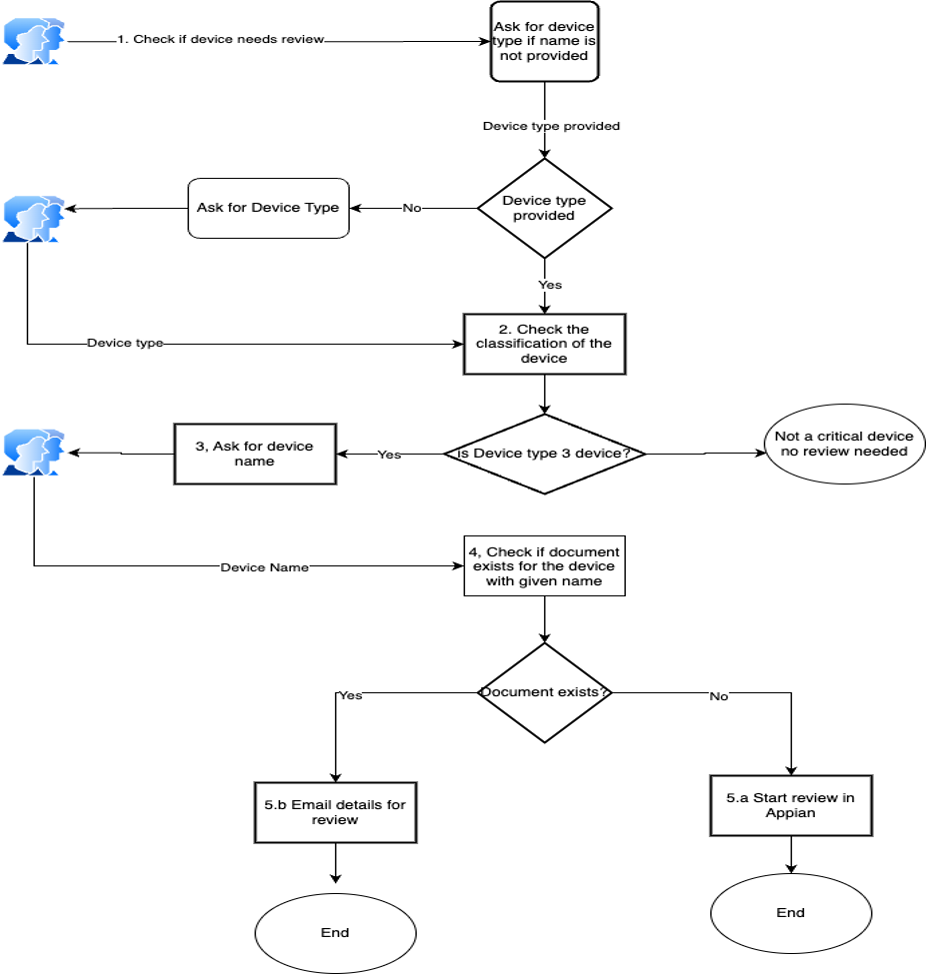Albanese government bans DeepSeek AI chatbot from federal devices due to national security concerns, sparking US tech stock worries. Home affairs minister Tony Burke cites intelligence agencies' advice, not chatbot's Chinese origin, as reason for the ban.
Yann LeCun from Meta predicts AI revolution by end of decade. Current systems too limited for domestic robots and automated cars.
BBC criticized Apple Intelligence for inaccurate news summaries, prompting Apple to pause the tool. The AI's errors included false reports about high-profile figures like Benjamin Netanyahu and Rafael Nadal.
Generative AI enhances business systems with Amazon Bedrock Agents, streamlining workflows and automating tasks. This solution integrates with Appian Case Management Studio, showcasing efficient data access and orchestration capabilities.
Plotly lacks a "data journalism" template but this series transforms its charts into sleek, professional-grade visuals. Learn how to effectively visualize complex data scenarios using Plotly in this insightful blog post.
Innovative ReVIEW Webapp accelerates video/audio review with human-AI collaboration, avoiding hallucinations. Built on Amazon Transcribe and Bedrock, ReVIEW provides accurate insights for professionals in various fields.
Learn about entropy in data science, quantifying surprise and uncertainty, with practical applications from decision-making to DNA diversity. Explore fun puzzles and tutorials, no prior knowledge required.
MIT researchers developed an automated system to reduce energy consumption in AI models by utilizing data redundancies. The system improved computation speed by nearly 30 times and could optimize algorithms for various applications.
MuleSoft integrates Amazon Q Apps AI assistant into Cloud Central portal for improved knowledge sharing and productivity among over 100 engineer teams, replacing previous chatbot solution. Amazon Q Apps utilizes internal data to provide conversational assistance, generate custom content, and execute workflows with robust security controls.
Over 100 experts, including Sir Stephen Fry, warn against irresponsible development of AI systems with feelings. They propose five principles to guide responsible research into AI consciousness amid rapid advances.
AI advancements have merged NLP and Computer Vision, leading to image captioning models like the one in "Show and Tell." This model combines CNN for image processing and RNN for text generation, using GoogLeNet and LSTM.
MIT Generative AI Impact Consortium, led by industry and MIT experts, aims to harness AI's transformative power for societal good, addressing challenges proactively. The consortium focuses on developing a solid foundation for generative AI to maximize benefits and minimize risks, aligning timelines with industry needs for real-time progress.
Nicolas Cage warns against AI in films while winning best actor for Dream Scenario at Saturn awards, denouncing "the new AI world."
OpenAI unveils "deep research" AI tool to rival human research analysts, claiming to match their output in minutes. The tool is designed to compete with China's DeepSeek in the AI agent market.
NHS launching massive AI trial for breast cancer detection to speed up testing and reduce radiologists' workload by half. AI to analyze 2/3 of 700,000+ mammograms in England for accuracy compared to radiologists.















